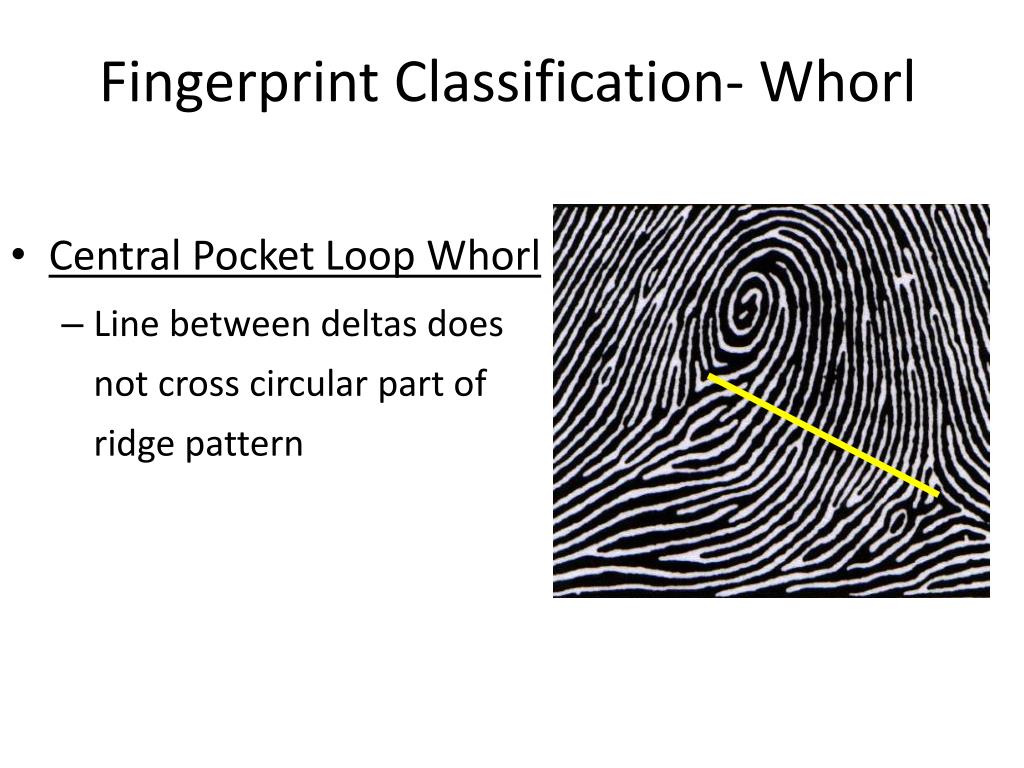


“I’m very skeptical of that research.” Still, he adds that these recent findings on the genetic origins of our fingerprints can reveal a lot about healthy human development. “In psychology, people have published before that certain fingerprint types are associated with, for example, schizophrenia,” he says. But Headon points out that there are limitations and overuse of fingerprints in certain medical assessments. While molecular tools are better for diagnosis, exploring the genetics behind these patterns could be used to better understand some chromosomal disorders where fingerprints and creases on the hands are altered, such Edwards Syndrome and Down’s Syndrome. The genes steering fingerprint formation can be helpful in learning about disease and genetic conditions, says Headon. “The genetic influence on arch, loop, and whorl distinction is coming in at that earlier stage of building that field where the fingerprint will form.” So, the researchers infer that finger length and volar pad’s size, position, and formation all contribute to the resulting fingerprint arrangement. The team’s analysis indicated that finger length is genetically linked to the fingerprint patterns. “It was suggested in the 20th century that the shape of these pads-the height of them, the specific shape of them, and their size-influence where what type of fingerprint forms,” Headon explains. The bulbous pad “looks almost like a frog’s hand,” says Headon. Most humans lose their volar pads before birth, but some animals retain them, like primates.
#Plain whorl fingerprint skin#
Around week 8 to 10 of development, the hands and feet develop volar pads-temporary thick skin on palms and soles that are particularly prominent while fingertips and toes develop. As different boney elements and parts of the digits in the hand begin to take shape, the genes that form limbs and also determine fingerprint patterns are already in action much earlier than the print begins to appear, Headon explains. “This supports the idea that EVI1 is the gene responsible for influencing fingerprint typing in humans, as well as these simple ridges that we see in mice.”Īn embryo’s limbs start growing around week five of development. “It’s subtle … but we can see a shift in the shape of those transverse ridges,” Headon says.

They decreased the expression of EVI1 in mice, which don’t have fingerprints but do have distinct ridges that run across parts of the digits, and saw that the individuals with the altered gene also had changes in the ridge patterns. To test out this finding, the researchers homed in on EVI1, a known limb-development gene in humans that influences the three middle digits of the hand. What they found was that many of the genes that underlie the formation of the three patterns were not primarily linked to skin formation but rather limb and finger formation. The team assessed DNA from their volunteers to find the genetic basis of these patterns, looking for a specific balance of genes that shift the chances of having an arch versus a loop versus a whorl. This figure shows the three human fingerprint patterns that the researchers studied: arch, whorl, and loop. And that’s what we’ve studied here with genetics,” Headon explains. “You can have more complicated prints with double whorls, you can have complex loops, but they still fall into these categories, arch, loop and whorl.


 0 kommentar(er)
0 kommentar(er)
